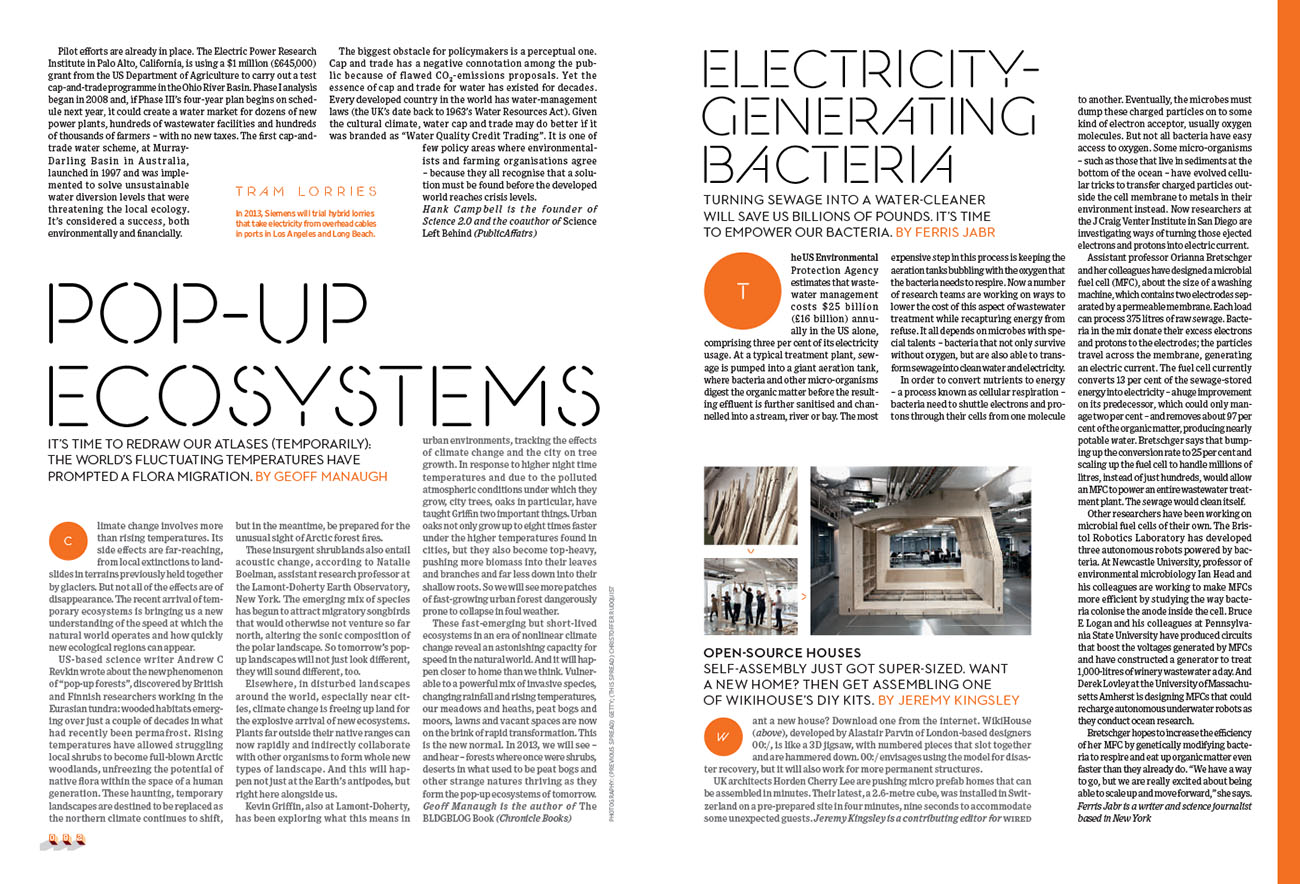The New York Times this morning profiles a plant pathologist at Washington State University named Gary Chastagner, who “heads one of the nation’s half-dozen Christmas tree research labs.” These labs include institutions such as WSU-Puyallup (producing “research-based information that creates a high-quality Christmas tree product for consumers”), New Mexico State University (“screening provenances of many native and non-native commercial Christmas tree species”), NC State (whose research includes “support on agritourism aspects of Christmas tree farms,” as well as a related Christmas Tree Genetics Program), and many more.
 [Images: Photos by Randy Harris for the New York Times, courtesy of the New York Times].
[Images: Photos by Randy Harris for the New York Times, courtesy of the New York Times].
While I realize there is absolutely no connection here, and that this is purely and only an example of conceptual confusion, I will admit that there was initially something of an odd thrill in reading about “Christmas Tree Genetics,” as two ideas briefly and incorrectly overlapped: the Christian doctrine of transubstantiation (or the belief that the body and blood of Christ appears, literally, in physical form here on Earth, through the transformation of everyday materials such as bread and wine… and Christmas trees?) and the European-druidic worship of various tree species, thus implying, as if from some strange theo-botanical forestry program, the genetic modification and/or enhancement over time of new holy tree species, with iconic and sacramental trans-subtantial holiday forests cultivated on research farms throughout the United States.
In any case, this national Christmas tree research program includes apparently extreme steps that almost seem to justify such an otherwise misbegotten interpretation, including “the largest and most sophisticated of operations,” as described by the New York Times, where scientists “harvest almost a million trees a year from an 8,500-acre plantation and remove them by helicopter” for analysis elsewhere, and a brief experiment that tested “whether you can successfully hydrate a Christmas tree with an IV drip,” like some arboreal patient seeking hospice from an ecosystem that betrayed it. You could probably soon get an M.S. in Christmas Tree Science.
The goal is to develop new and improved tree species for both indoor and outdoor display during the holiday season, and, along the way, to create a tree that can last weeks—even months—in a post-mortem state without shedding its needles.
These ever more clean and tidy trees can thus pop-up in houses, retail displays, shopping malls, outdoor plazas, and Catholic high schools around the world, forming new “migratory forests” that take up residence—but not root—in our cities once a year before retreating, in wait, for the next season.
This vision of a pop-up forest—an instant indoor ecosystem of genetically perfected, not-quite-trans-substantial tree species—brings to mind a different kind of pop-up forest, one that I wrote about for the most recent “year in ideas” issue of Wired UK.
 [Image: From Wired UK‘s “World in 2013” issue, courtesy of Wired UK].
[Image: From Wired UK‘s “World in 2013” issue, courtesy of Wired UK].
That all too brief piece looks ahead to an age of “insurgent shrublands,” disturbed landscapes, and other “fast-emerging but short-lived ecosystems in an era of nonlinear climate change.” It refers to work by, amongst others, Natalie Boelman and Kevin Griffin, who are currently pursuing otherwise unrelated work at the Lamont Doherty Earth Observatory, and science writer Andrew Revkin; and it covers a variety of ideas, from the changing soundscapes of the Arctic as the rapidly defrosting polar north fills up with new, invasive bird songs, to the increased likelihood of tree-branch collapse as certain species—such as oak—grow much faster in polluted urban atmospheres.
In this context, the idea of a “pop-up forest” takes on a different, altogether less celebratory meaning.
 [Image: From Wired UK‘s “World in 2013” issue, courtesy of Wired UK].
[Image: From Wired UK‘s “World in 2013” issue, courtesy of Wired UK].
You can read the piece—as well as one by Ferris Jabr on electricity-generating bacteria and a short article by Jeremy Kingsley on open-source construction—here.

As a former Christmas tree street seller, I thoroughly enjoyed this post. What you called a conceptual conflation reached its peak for me the night that all traffic was shut down along the major boulevard to clear the way for the Rockafellar Center tree, which dwarfed myself & the 6 ft trees that I had for sale, like a cruise ship piloting past the fishing boats into harbor. I am also reminded of the late 90's breeding program that was intended to produce a red, unblemished heifer for purifying the site of the Third Temple of Jerusalem, detailed here: http://www.arksearch.com/naredhef.htm